Table of Contents
- Introduction to the Scoville Scale
- Understanding the Scoville Scale
- The Ultimate List of Chili Peppers by Scoville Rating
- Practical Tips for Handling Spicy Foods
- Buying Guide: Choosing the Right Chili Pepper for Your Needs
- Frequently Asked Questions About Chili Peppers
- Conclusion: Embrace the Heat Safely
Introduction to the Scoville Scale
The Scoville scale measures the heat level of chili peppers based on capsaicin concentration. According to the USDA Agricultural Research Service, the Scoville scale was developed in 1912 by Wilbur Scoville to quantify the pungency of chili peppers. Today, it's measured using high-performance liquid chromatography (HPLC) for precise results. This guide provides a comprehensive overview of popular chili peppers ranked by Scoville Heat Units (SHU), with practical safety tips and expert recommendations for cooking.
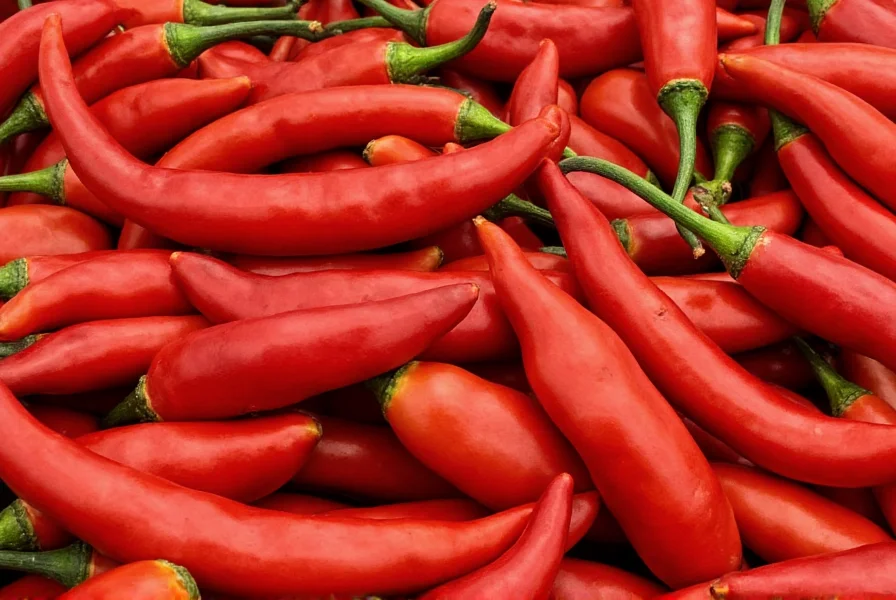
Understanding the Scoville Scale
The Scoville scale measures the heat level of chili peppers based on the concentration of capsaicin, the compound responsible for that mouth-burning sensation. Developed in 1912 by Wilbur Scoville, the scale was originally measured using a subjective method involving human taste testers. Today, it's calculated using high-performance liquid chromatography (HPLC) for greater accuracy, as confirmed by the USDA Agricultural Research Service.
Scoville ratings range from 0 (bell peppers) to over 2 million (the ghost pepper and beyond). The higher the number, the hotter the pepper. But don't let the numbers fool you—some peppers with lower Scoville ratings can still pack a powerful punch due to their unique flavor profiles and heat distribution.
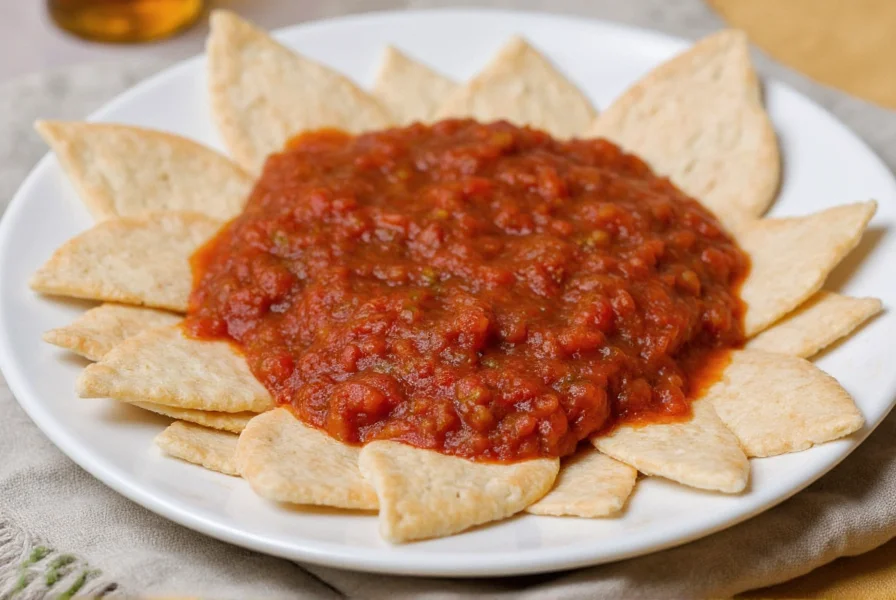
It's important to remember that Scoville units are not linear. A pepper rated at 100,000 SHU isn't just ten times hotter than one rated at 10,000—it's exponentially more intense. That's why some peppers can feel like a slow burn while others hit like a firework.
The Ultimate List of Chili Peppers by Scoville Rating
Below is a comprehensive list of popular chili peppers categorized by their Scoville heat units (SHU). This list is based on data from the USDA Agricultural Research Service and food science journals.
| Pepper Name | Scoville Rating (SHU) | Flavor Profile | Heat Level |
|---|---|---|---|
| Bell Pepper | 0–100 | Mild, sweet, slightly tangy | Not Hot |
| Poblano | 1,000–2,000 | Earthy, slightly sweet, smoky | Mild |
| Jalapeño | 2,500–8,000 | Grassy, tangy, slightly fruity | Moderate |
| Serrano | 10,000–25,000 | Crunchy, grassy, slightly sharp | Moderate to Hot |
| Cayenne | 30,000–50,000 | Spicy, pungent, slightly sweet | Hot |
| Habanero | 100,000–350,000 | Tropical, citrusy, floral | Very Hot |
| Ghost Pepper (Bhut Jolokia) | 855,000–1,050,000 | Smoky, earthy, fruity | Extremely Hot |
| Carolina Reaper | 1,400,000–2,200,000 | Smoky, sweet, citrusy | Unbelievably Hot |
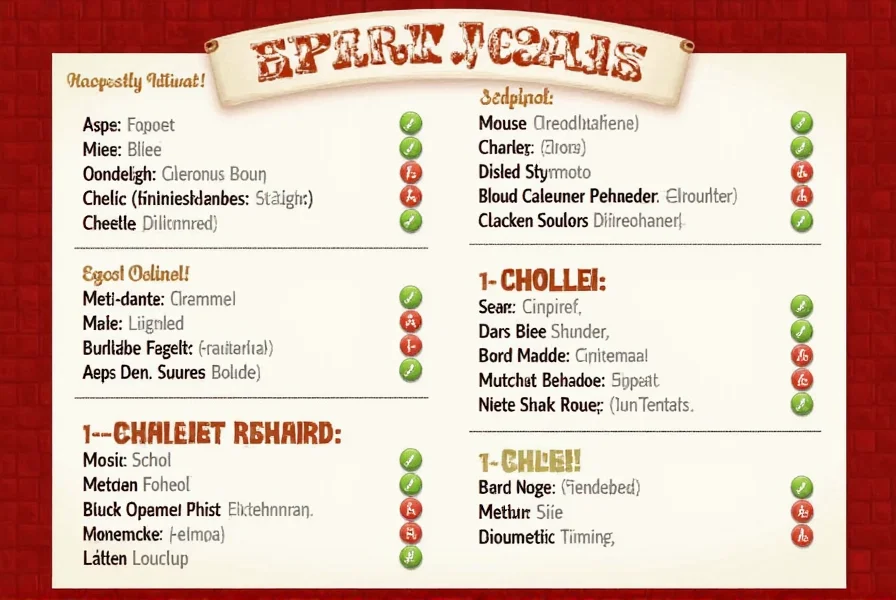
This table gives you a quick reference point for where each pepper stands. However, keep in mind that individual peppers can vary in heat depending on growing conditions, ripeness, and preparation methods. Some people may find a habanero milder than others, while others might find the same pepper unbearable.
One thing to note is that the Scoville scale is just a guide. The way a pepper is used in cooking can also affect its perceived heat. For example, dried chilies tend to be spicier than their fresh counterparts, and smoked peppers often have a deeper, more complex heat profile.
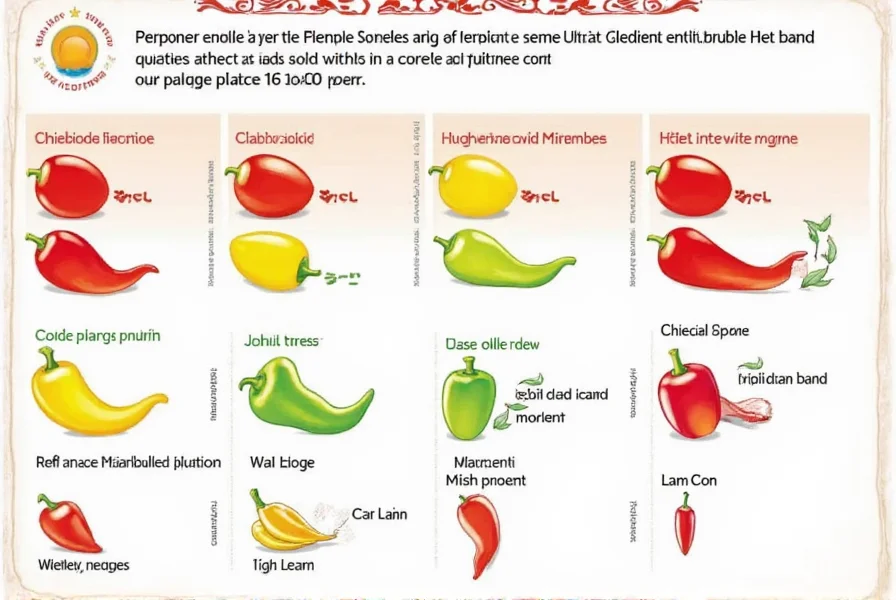
Practical Tips for Handling Spicy Foods
If you're new to the world of spicy food, here are some tips to help you manage the heat without compromising your enjoyment:
- Start Small: Begin with mild peppers like jalapeños or poblanos and gradually work your way up as your tolerance increases.
- Use Dairy: Milk, yogurt, or sour cream can neutralize capsaicin and provide relief from the burning sensation.
- Avoid Water: While it might seem logical to drink water after eating something spicy, it can actually spread the capsaicin around your mouth and make the heat worse.
- Keep It Cool: If you're cooking with hot peppers, wear gloves and avoid touching your face until you've washed your hands thoroughly.
- Pair Smartly: Sweet, acidic, or fatty foods can balance out the heat and enhance the overall flavor experience.
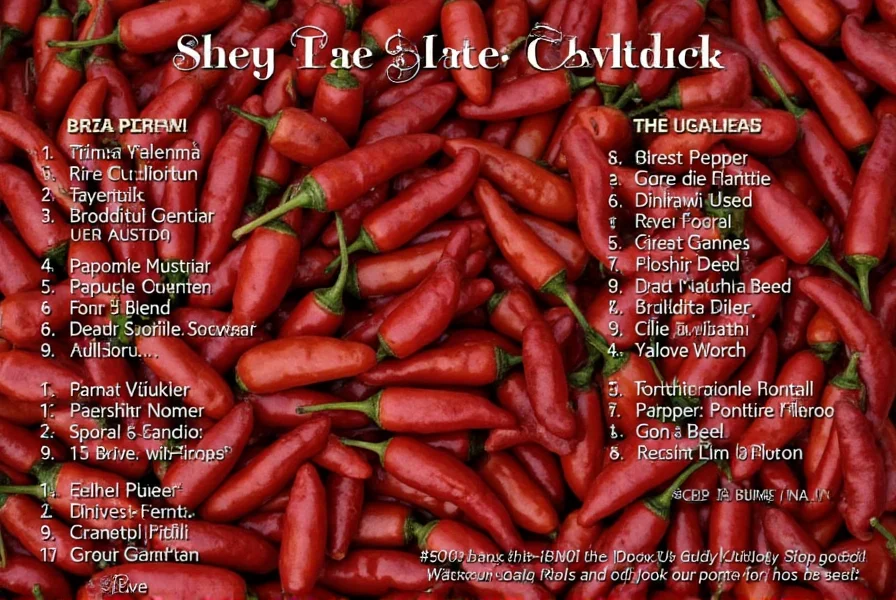
Remember, the goal is to enjoy the heat—not suffer through it. Experiment with different peppers and combinations to find your perfect spice level.
Buying Guide: Choosing the Right Chili Pepper for Your Needs
Whether you're shopping for home use or looking to expand your spice collection, choosing the right chili pepper can make all the difference. Here's a breakdown of some popular options and their best uses:
1. Bell Peppers
Features: Mild, crunchy, and versatile.
Advantages: Great for beginners, ideal for roasting, stuffing, or adding color to salads.
Use Cases: Salads, stir-fries, stuffed peppers.
Target Audience: Home cooks, families, and those new to spicy food.
Suitable Occasions: Casual dinners, family meals, light lunches.
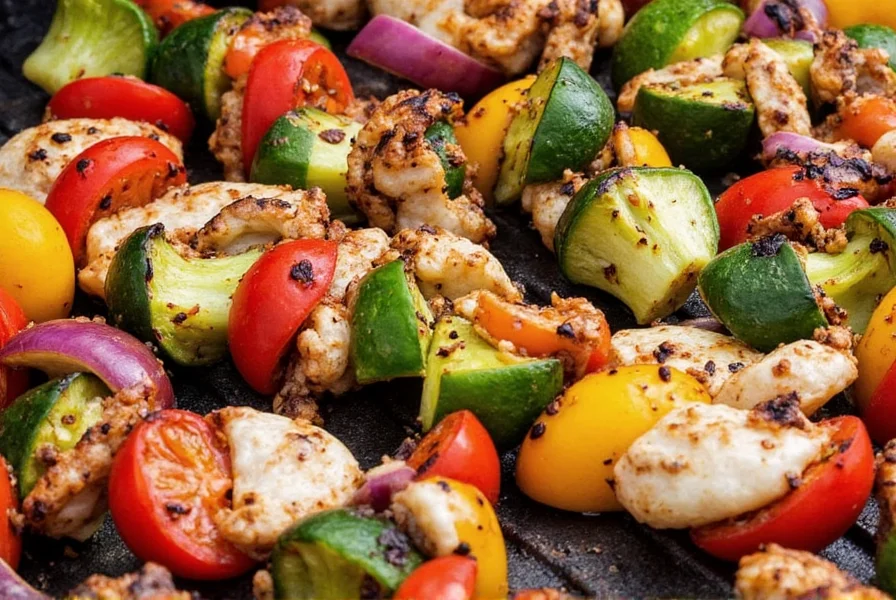
2. Jalapeños
Features: Medium heat, crisp texture, and vibrant green color.
Advantages: Add a nice kick without overwhelming the dish.
Use Cases: Salsas, guacamole, tacos, and pickled dishes.
Target Audience: Food lovers who enjoy a moderate amount of heat.
Suitable Occasions: Barbecues, Mexican-inspired meals, and summer gatherings.
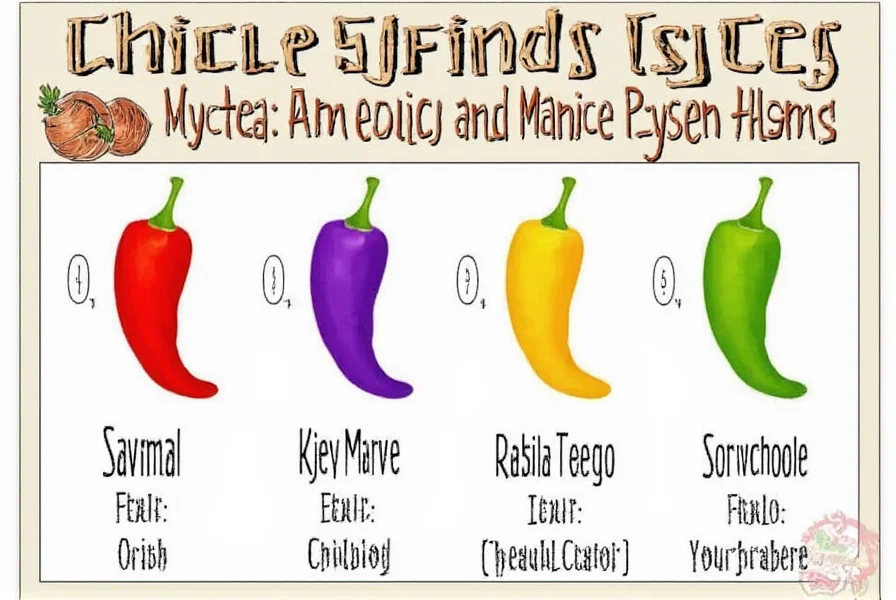
3. Habaneros
Features: Intense heat, tropical flavor, and bright orange color.
Advantages: Adds depth and complexity to sauces and marinades.
Use Cases: Hot sauces, salsas, and Caribbean-inspired dishes.
Target Audience: Spicy food enthusiasts and adventurous eaters.
Suitable Occasions: Dips, party snacks, and bold flavor experiments.
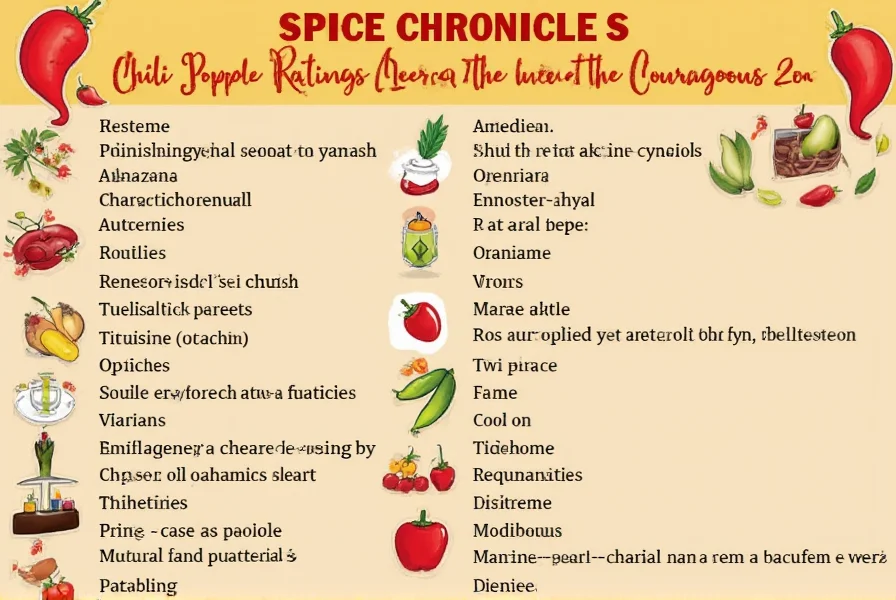
4. Ghost Peppers
Features: Extremely hot, smoky, and slightly sweet.
Advantages: Ideal for those who crave a real challenge.
Use Cases: Hot sauces, specialty products, and spice blends.
Target Audience: Spice professionals, daredevils, and collectors.
Suitable Occasions: Special events, themed dinners, and spicy challenges.
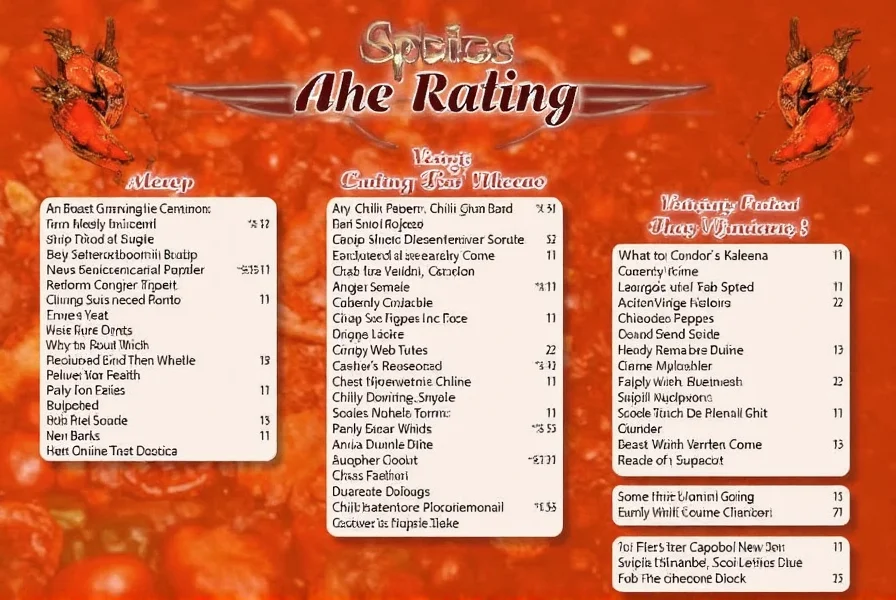
5. Carolina Reaper
Features: One of the hottest peppers in the world, with a unique fruitiness.
Advantages: Perfect for those seeking the ultimate heat experience.
Use Cases: Hot sauce experimentation, extreme recipes, and novelty items.
Target Audience: Professionals, competitive eaters, and spice connoisseurs.
Suitable Occasions: Spicy food contests, special tastings, and high-end cuisine.
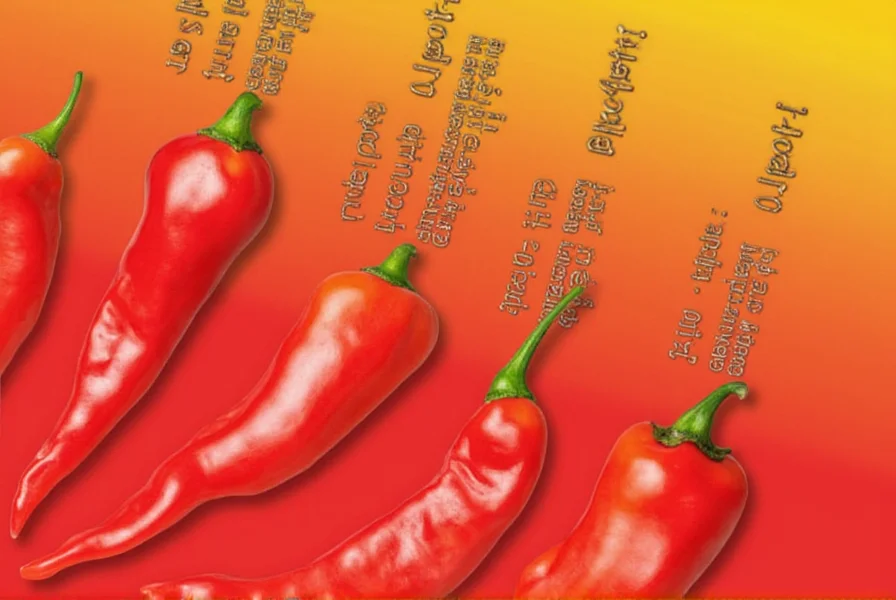
When purchasing chili peppers, always check the freshness and quality. Fresh peppers should be firm, brightly colored, and free from blemishes. Dried peppers should be brittle and have a strong aroma.
Frequently Asked Questions About Chili Peppers and the Scoville Scale
Here are answers to some of the most common questions about chili peppers, their heat levels, and how to work with them safely and effectively.
What is the Scoville scale and how does it work?
The Scoville scale measures the heat level of chili peppers based on the concentration of capsaicin, the compound responsible for the burning sensation. It's expressed in Scoville Heat Units (SHU). The higher the number, the hotter the pepper. Originally developed in 1912 using human testers, modern measurements use high-performance liquid chromatography for precise readings, as confirmed by the USDA Agricultural Research Service.
Is the Scoville scale linear? How much hotter is a 100,000 SHU pepper compared to a 10,000 SHU pepper?
No, the Scoville scale is not linear but logarithmic. A pepper rated at 100,000 SHU isn't just ten times hotter than one rated at 10,000—it's exponentially more intense. This is why some peppers can feel like a slow burn while others hit you immediately with intense heat.
Can two peppers with the same Scoville rating feel different in heat?
Yes, absolutely. While Scoville ratings provide a general guideline, individual peppers of the same variety can vary significantly in heat depending on growing conditions, soil, climate, and ripeness. Additionally, how the heat is distributed (immediate vs. delayed) and the flavor profile can make two peppers with similar ratings feel quite different.
What's the difference between fresh and dried chili peppers in terms of heat?
Dried chili peppers are typically hotter than their fresh counterparts because the drying process concentrates the capsaicin. When substituting dried for fresh peppers in recipes, you'll generally need less dried pepper to achieve the same heat level. The flavor profile also changes, often becoming deeper and more complex when dried.
How can I safely handle extremely hot peppers like Ghost Peppers or Carolina Reapers?
When handling extremely hot peppers, always wear gloves to prevent capsaicin from transferring to your skin or eyes. Work in a well-ventilated area as the fumes can be irritating. Never touch your face while handling hot peppers, and wash your hands thoroughly with soap afterward—even if you wore gloves. Consider using kitchen tools instead of your hands to minimize contact.
What should I do if I eat something too spicy?
If you eat something too spicy, reach for dairy products like milk, yogurt, or sour cream rather than water. The casein in dairy helps break down capsaicin. Sugar or honey can also provide relief by counteracting the heat. Starchy foods like bread or rice can help absorb some of the capsaicin. Avoid alcohol, as it can spread the capsaicin rather than neutralize it.
Why do some hot peppers have fruity or floral flavors despite their heat?
The heat from capsaicin is just one component of a chili pepper's flavor profile. Many hot peppers, especially those in the 50,000-350,000 SHU range like habaneros, contain volatile compounds that create complex fruity, floral, or citrus notes. This is why peppers like habaneros are prized in cooking—they deliver significant heat while also contributing nuanced flavors that enhance dishes.
Conclusion: Embrace the Heat Safely
From the gentle warmth of a bell pepper to the searing intensity of a Carolina Reaper, the world of chili peppers is as diverse as it is exciting. Understanding the Scoville scale helps you make informed choices, whether you're cooking for yourself or experimenting with new flavors.
So next time you reach for a chili pepper, take a moment to consider its place on the Scoville scale. You might just discover your new favorite spice—or learn just how much heat you can handle.

Remember, the journey through the world of chili peppers is not just about the heat—it's about the stories, the flavors, and the connections we make along the way. Whether you're a beginner or a pro, there's always something new to explore in the spicy realm.

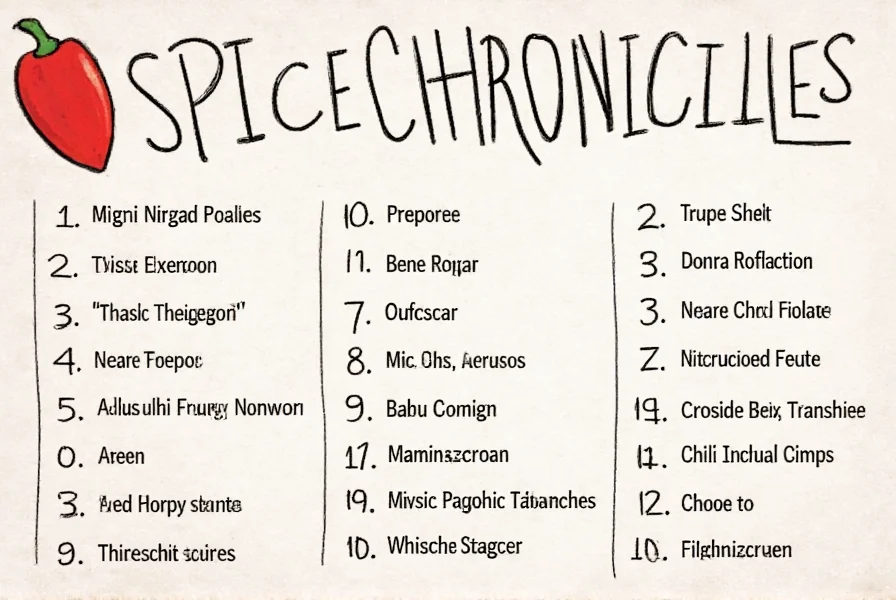









 浙公网安备
33010002000092号
浙公网安备
33010002000092号 浙B2-20120091-4
浙B2-20120091-4